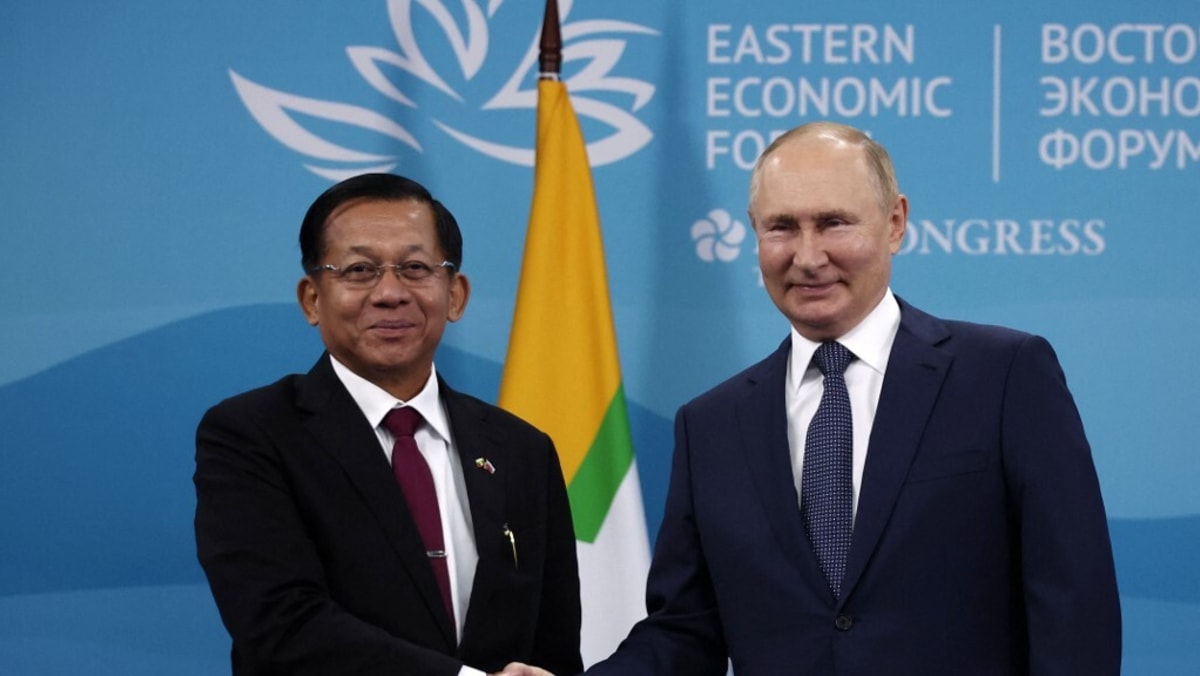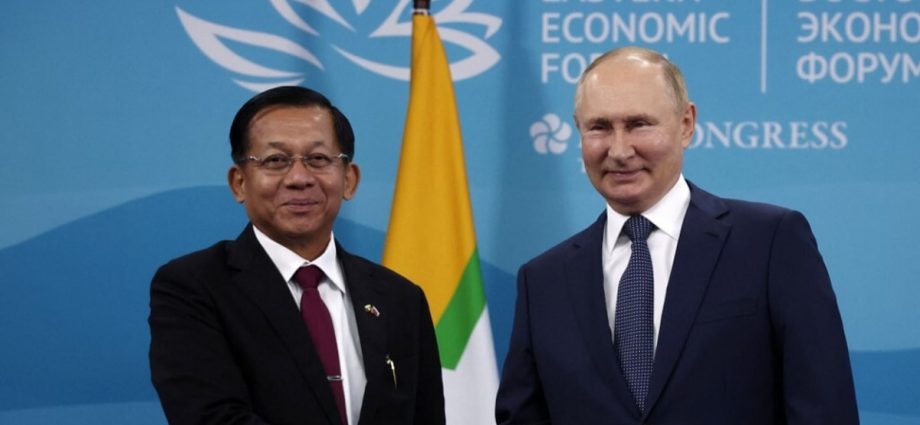
This eventually compelled the generals to look further afield for new arms suppliers. Myanmar approached Russia, other East European countries and even North Korea.
Myanmar generals purchased Russian MiG-29s after a border clash with Thailand in February 2001 showed up the inadequacy of Myanmar’s China-made aircraft, such as the F-7 IIK, against Thailand’s US-made F-16 fighters.
Shortly after the border clash, the Tatmadaw purchased 12 MiG-29s in 2001. In 2009 it negotiated a further purchase of 20 MiG-29s. Then, the acquisition was reportedly Russia’s biggest fighter deal since Algeria scrapped an agreement to buy 34 MiG-29s.
The Tatmadaw also turned to Russia for military modernisation and training. This started before Min Aung Hlaing became Commander-in-Chief in 2011. Vice Senior-General Maung Aye, the second-in-command of the State Peace and Development Council (SPDC), made the overture with the consent of SPDC supremo Senior General Than Shwe, according to military and related sources.
The same retired major-general who divulged the Tatmadaw’s dissatisfaction with China also shared that both Tatmadaw generals – Than Shwe and Maung Aye – fought against the China-backed Communist Party of Burma. He added that they both understood “where the real external threat lay”.
AWKWARDNESS IN MYANMAR-CHINA RELATIONS
There has also been an awkwardness in the junta’s relations with China after the 2021 coup, underscored by China’s concerns to safeguard its economic interests in Myanmar. This may have persuaded the current crop of generals to recall their mentor Maung Aye’s idea of seeking a new partner and arms supplier in Russia.
Unlike other generals who had visited China since taking power, Min Aung Hlaing has not been to China since the coup. The junta has also rebuffed a Chinese request for Sun Guoxiang, its special envoy for Asian Affairs, to meet Aung San Suu Kyi.

